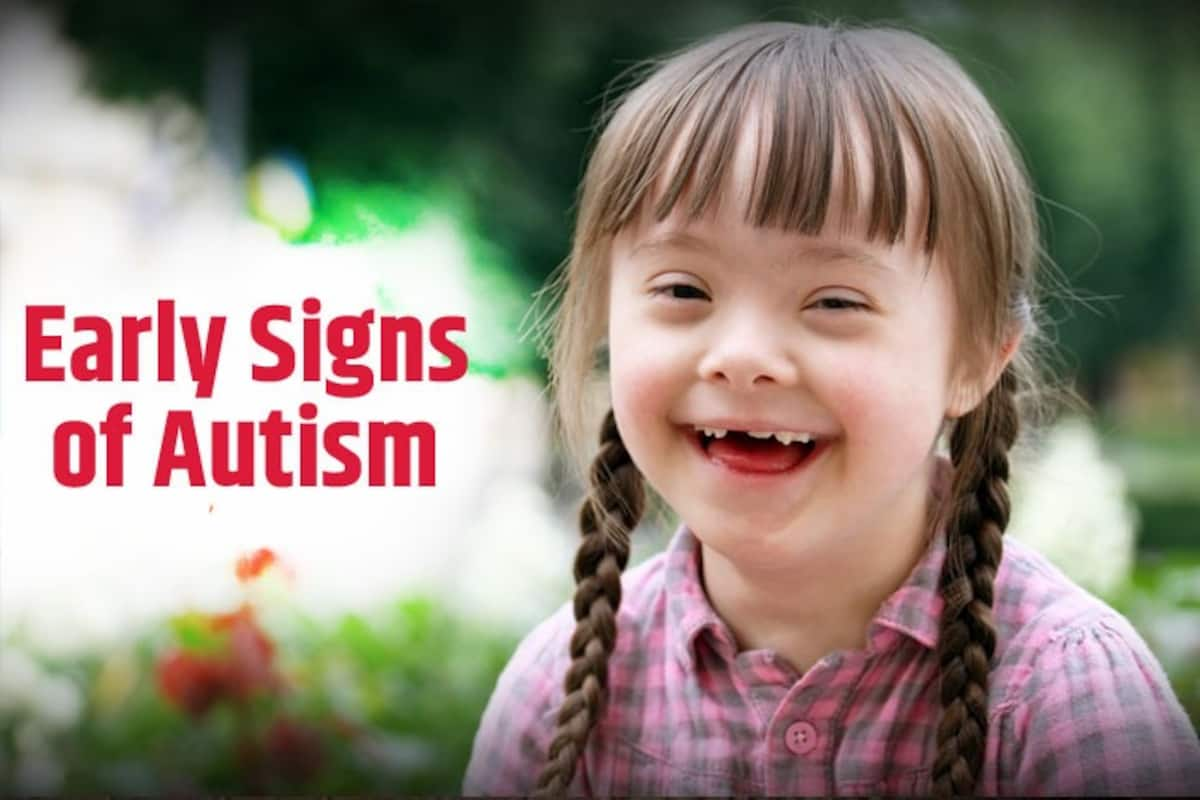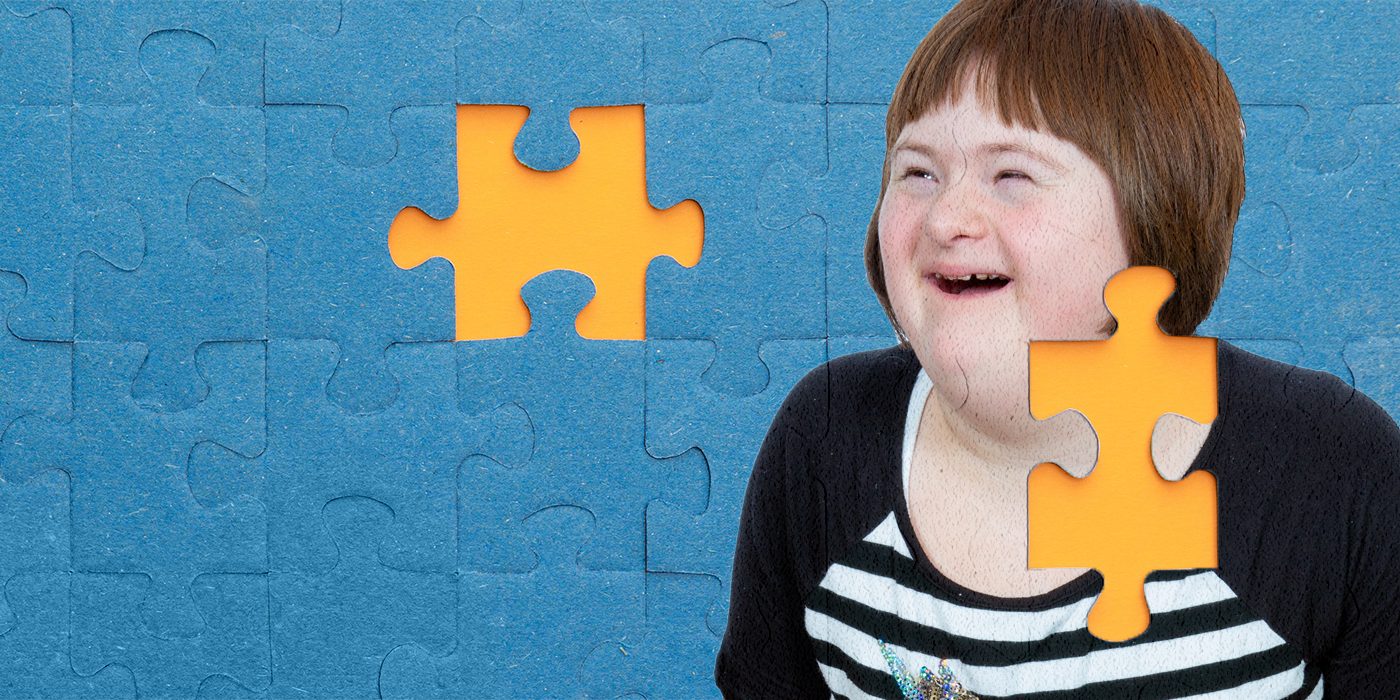Exactly How to Connect Successfully with Loved Ones on the Autism Range
Exactly How to Connect Successfully with Loved Ones on the Autism Range
Blog Article
Exploring Autism: Approaches for Effective Interaction and Interaction
Reliable interaction and interaction with people on the autism range require a thorough understanding of their unique requirements and preferences. Methods such as using clear language, using aesthetic supports, and cultivating consistent routines can substantially improve involvement and lower anxiousness. Recognizing the value of non-verbal hints and shared passions paves the way for meaningful connections. The ins and outs of these strategies disclose further considerations that warrant expedition, especially in just how they can be adjusted to varied contexts and private experiences. What might these adaptations appear like in technique?
Comprehending Autism Spectrum Disorder
Autism Range Disorder (ASD) incorporates a variety of neurodevelopmental conditions defined by obstacles in social interaction, interaction, and repeated behaviors. The term "range" mirrors the diverse indications and differing levels of intensity experienced by people with ASD. While some might display substantial problems, others might present high-functioning characteristics, enabling for better freedom in every day life.
The onset of ASD typically takes place in very early youth, with indications frequently well-known by age two. Early signs may consist of delayed speech development, minimal eye get in touch with, and difficulties in recognizing social hints. The exact etiology of ASD remains uncertain, study suggests a combination of ecological and hereditary elements plays an essential function in its advancement.
People with ASD often have one-of-a-kind toughness, such as increased interest to detail and outstanding memory skills. They might battle with recognizing abstract ideas and taking care of modifications to regular - autism. Consequently, interventions and assistance customized to specific requirements are necessary for fostering communication and social skills. Identifying the complexity of ASD is vital for advertising understanding, acceptance, and efficient methods that assist in significant interactions with people on the spectrum.

Significance of Clear Communication
Reliable interaction is vital for fostering understanding and link, especially for people with Autism Spectrum Problem (ASD) Clear interaction not just facilitates social interactions however additionally boosts the person's ability to reveal their ideas, emotions, and needs. For individuals with ASD, the subtleties of language can frequently be testing; for that reason, using unambiguous and straightforward language is necessary.
Moreover, clear interaction helps lower disappointment and anxiousness that might occur from misconceptions. When messages are conveyed in a regular and straight way, people with ASD are better geared up to interpret information properly, which can dramatically boost their social interaction and involvement in different setups.
Establishing regimens and making use of aesthetic assistances can even more bolster clear communication. These strategies offer individuals with predictable structures that help understanding and retention of details. Additionally, actively listening and being person during communications promotes an encouraging environment where people with ASD really feel valued and comprehended.
Inevitably, focusing on clear interaction not just equips people with ASD however also fosters more significant connections with their peers, caregivers, and the broader community, leading the way for joint partnerships and inclusive interactions. - autism
Non-Verbal Interaction Strategies
Communication extends beyond words, and for people with Autism Spectrum Disorder (ASD), non-verbal cues play a significant duty in interactions. Non-verbal interaction strategies can consist of faces, gestures, body movement, and eye call, every one of which offer as vital components for conveying feelings and intents.
Understanding and translating these non-verbal signals can boost interactions with people with ASD. A cozy smile or open position can produce an inviting atmosphere, urging involvement. Utilizing visual aids-- such as image cards or icons-- can connect communication voids and assist share messages much more properly.
It is additionally crucial to be mindful of personal area, as people with ASD may have various comfort levels relating to proximity. Observing their responses to physical closeness can notify ideal changes.

Developing Encouraging Environments
Creating a supportive environment is Check This Out important for cultivating positive communications and enhancing the well-being of individuals with Autism Range Problem (ASD) Such atmospheres can significantly lower anxiousness and create a sense of safety and security, allowing people to express themselves more freely.
To attain this, it is vital to think about sensory level of sensitivities that people with ASD may experience. Modifying the physical room to include soft lighting, very little background sound, and comfortable seating can develop a soothing environment. Furthermore, using consistent regimens and clear visual routines can aid people expect transitions and reduce unpredictability, more promoting comfort.
Social areas must be structured to lessen overwhelming stimuli while providing opportunities for engagement in recommended activities. Assisting in locations assigned for quiet time can also act as a refuge during minutes of anxiety. Notably, integrating elements of choice empowers people, enabling them to work out agency in their atmosphere.

Motivating Social Communications
Fostering social interactions among people with Autism Spectrum Problem (ASD) needs willful methods that prioritize comfort and engagement. Developing predictable routines can assist reduce stress and anxiety, making social settings much more friendly. Producing structured settings with specified roles and obligations allows individuals to involve without the frustrating pressure of disorganized social dynamics.
Integrating interests and strengths right into social tasks can offer as a catalyst for interaction. Arranging group activities around shared hobbies or subjects of attraction can facilitate all-natural conversations and links. Furthermore, using aesthetic assistances, such as social manuscripts or pictorial routines, can assist in comprehending social cues and expectations.
Modeling proper social behaviors is vital - autism. Peers and adults should show efficient interaction methods, including energetic listening and turn-taking. Role-playing scenarios can additionally give a safe space for individuals to practice these abilities
Finally, fostering peer relationships through comprehensive methods is essential. Motivating more information comprehensive playdates or group outings can produce chances for socialization in a comfy setup. By carrying out these methods, caregivers and educators can considerably improve social communications for individuals with ASD, advertising their overall social growth and well-being.
Conclusion
In verdict, effective communication and communication techniques are important for sustaining individuals with Autism Range Condition. Ultimately, these techniques empower individuals with autism to navigate social landscapes, promoting their general health and making it possible for the growth of long lasting connections.
Effective communication and interaction with people on the autism range demand a comprehensive understanding of their unique demands and choices. Clear interaction not just assists in social interactions yet likewise enhances the individual's ability to reveal their requirements, feelings, and ideas.Cultivating social communications among people with Autism Range Problem (ASD) needs willful techniques that prioritize convenience and involvement. By applying these instructors, caretakers and strategies can significantly boost social communications for individuals with ASD, promoting their total social growth and well-being.
In conclusion, effective communication and communication strategies are crucial for supporting people with Autism Spectrum Problem.
Report this page